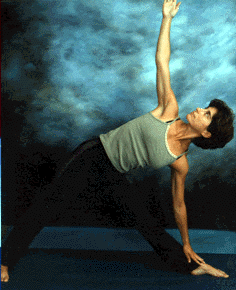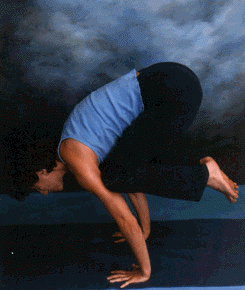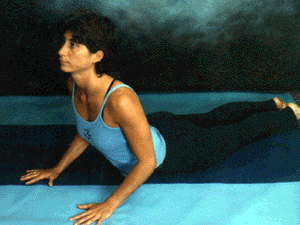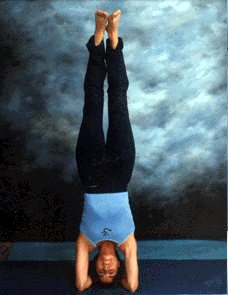|
|
Level 12B LKG Tower, 6801 Ayala Avenue, Makati City, Philippines 2900 |
|
To Serve and To still the Mind. |
|
|
|
YOGA FOR BEGINNERS SVANASANA: Downward facing
Dog TRIKONASANA:
Triangle Pose BHAKASANA:
Crane Pose
BHUJANGASANA: Cobra Pose SIRSASANA:
Headstand
Thank you to www.freespirit.com |
|
What is Yoga? The word yoga has its roots in the Sanskrit language and means to merge, join or unite. Yoga is a form of exercise based on the belief that the body and breath are intimately connected with the mind. By controlling the breath and holding the body in steady poses, or asanas, yoga creates harmony. Yoga is a means of balancing and harmonizing the body, mind and emotions and is a tool that allows us to withdraw from the chaos of the world and find a quiet space within. To achieve this, yoga uses movement, breath, posture, relaxation and meditation in order to establish a healthy, vibrant and balanced approach to living. Is Yoga a Religion?Yoga does not meet the traditional definitions of a religion. Rather than broadcasting a philosophy or doctrine of its own, yoga is a physical and psychological discipline that combines the learning and practice of asanas, pramayama, and meditation. While yoga is not a religion, there are, however, a set of ethics associated with it which complements the practice of hatha yoga. This set of yoga ethic principles include five yamas which are: non-violence; truthfulness; non-stealing; chastity; and non-greed. Also there are five niyamas which are: purity; contentment; self-discipline; self-study; and centering on the Divine. What are the health benefits of Yoga? Yoga has both preventive and therapeutic benefits. It has been shown to offer both physical and mental benefits to the body and the mind. The many physical benefits of hatha yoga are: it improves flexibility and muscle joint mobility; strengthens, tones, and builds muscles; corrects posture; strengthens the spine; eases back pain; improves muscular-skeletal conditions such as bad knees, tight shoulders and neck, swayback and scoliosis; increases stamina; creates balance and grace; stimulates the glands of the endocrine system; improves digestion and elimination; increases circulation; improves heart conditions; improves breathing disorders; boosts immune response; decreases cholesterol and blood sugar levels; and encourages weight loss. The mental benefits include: it increases body awareness; relieves chronic stress patterns in the body; refreshes the body by relieving muscle strain; relaxes the mind and body; centers attention; sharpens concentration; and frees the spirit. Western doctors and scientists are discovering additional health benefits of hatha yoga. Studies have shown that it can relieve the symptoms of several common and potentially life-threatening illnesses; such as arthritis, arteriosclerosis, chronic fatigue, diabetes, AIDS, asthma and obesity. Many believe it even fends off the ravages of old age. When and Where to practice Yoga? Practice regularly, even if it's only a few minutes every day Consistency is key. If possible, establish a regular time of day to set aside for practice. The key is regularity. Enjoy whatever time you have set aside for practice. Set aside a special place to practice. Turn off the radio, TV, and telephone, and set the answering machine volume to the low setting. Minimize distractions. Clear the room of pets and kids, if possible. Locate a level surface. A yoga mat or exercise mat is good to provide a warm, cushioned, surface. A small firm pillow or folded blanket is helpful for seated postures if your hips, lower back and hamstrings aren't very flexible. Also a long strap, bathrobe tie or belt is helpful to use to stretch the hamstrings in either a seated or supine position. If you use props: mat, pillow, blanket, cushion, strap, wooden blocks, folding chairs, blankets etc.; store them together and set aside or bring to the practice area before beginning. |
|
GLOSSARY OF TERMS
|






